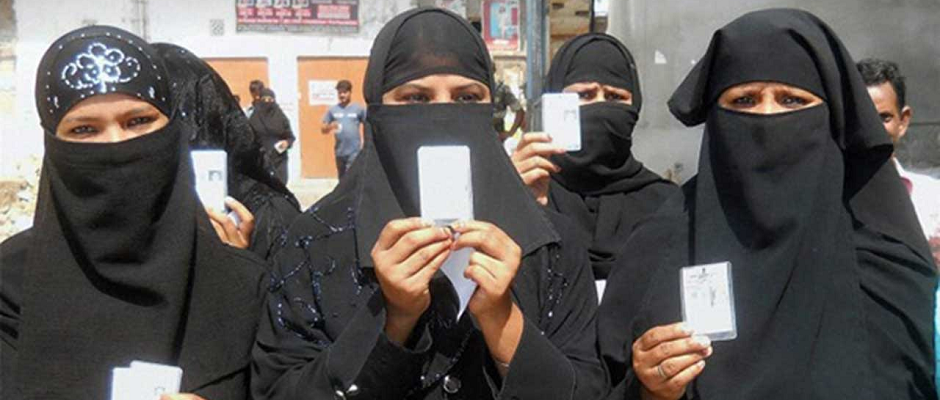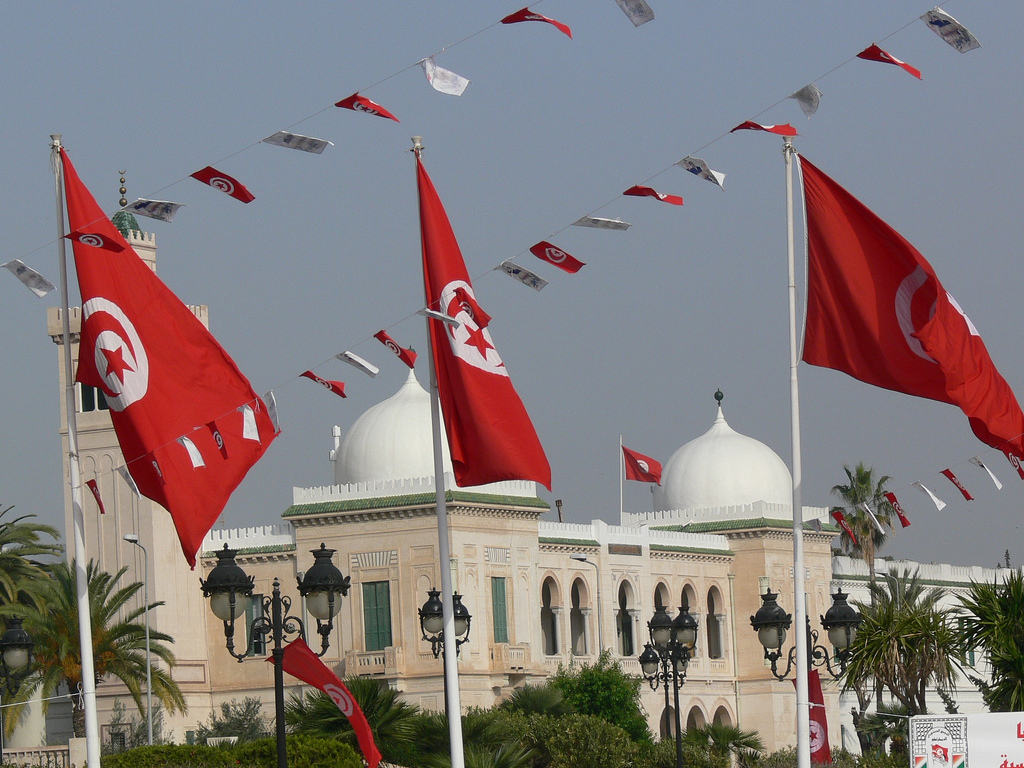
A recent desk study prepared for USAID analyzes the extent to which governance is decentralized in law and practice in nine Middle East and North Africa (MENA) countries—Egypt, Iraq, Jordan, Lebanon, Libya, Morocco, Syria, Tunisia, and Yemen. In addition to presenting case studies of each of the nine, this study articulates key features of local governance, draws findings, and suggests broad programming implications.
OVERVIEW OF PROGRESS
Several MENA countries have made decentralization gains, particularly since the Arab Spring. However, these gains have been partial, incomplete, and limited by regime security and patronage concerns. The pandemic, national budget deficits, and escalating protests in some countries could spur further decentralization, but they will also exacerbate regime unease around maintaining stability and power.
Of all Arab countries, Lebanon had the best prospects for decentralizing government. Its comparatively weak central government—fragmented by the confessional system—and multiple centers of demographic gravity could have provided the space for local leaders to negotiate a local government system with greater degrees of independence and authority. The fact that Lebanon did not decentralize reflects the ability of central sectarian elites to maintain control of their communities and the division of patronage spoils. Although Lebanon scored somewhat higher than the next highest ranked countries (Tunisia, Morocco and Iraq in order of ranking) examined here on the Varieties of Democracy (V-DEM) index variable for local offices’ relative power, a variable that compares the power of elected bodies related to appointed ones at the same level of sub national governance, its score still falls well below that of countries in Europe. Despite some seemingly credible legal provisions for decentralization, Lebanon’s many municipalities are too small and weak to be effective.
Tunisia is the one MENA country in which a democratic transition yielded a strong commitment to decentralization, notable in the constitution and the expansion of municipality governance to all parts of the country. Although Tunisia deserves accolades for having designed, negotiated, and passed a complex local government law that guides decentralization and has given municipalities greater authority, the new code is not yet complete, conflicts with other laws, and provides municipalities with little guidance on how to work with other state institutions. Governorate councils have not yet been created. Municipal governments have lacked the capacity to improve public access to services; the new Ministry of Local Affairs is weak relative to ministries with which it must negotiate, such as finance; and constant turnover at the ministerial and prime minister levels has slowed further progress. Moreover, historically disadvantaged regions of the country continue to feel marginalized and may not yet feel that they have benefited much from decentralization. Opportunities to improve local capacities exist, but reinforcing political will, filling gaps in the laws, and addressing regional disparities in resources will also be important.
Both Morocco and Jordan have made top-down reform concessions when social and political turmoil has threatened to escalate. Both have aimed to improve service delivery in doing so. Jordan is more serious than Morocco about expanding provincial and municipal authorities and representation in the hope that a new social contract will respond to evolving sociopolitical dynamics. However, the numerous ministries involved in Jordan’s local government limit local government autonomy and can work at cross-purposes. In both kingdoms, incremental progress seems possible; in Morocco, it may resemble deconcentration if line ministries deliver on the National Administration Deconcentration Charter adopted in 2019. A major gain from Jordan’s system is the new ability of localities to aggregate needs and priorities and feed them into governorate-level planning and from there to central authorities. This has made the central government more responsive and has begun to address some regional disparities. Jordan is now considering a revised system of local government and new draft legislation is before Parliament.
Iraq, with a federal legal framework, is unique in its substantial legal authorities for decentralization. In application, however, other than decentralizing authority to the Kurdistan Regional Government of Iraq (KRI), decentralization is limited, as suggested by Parliament’s dismissal of governorate and district councils; the failure to schedule local council elections; various Supreme Court decisions supporting federal power; and the fragmented nature of power centers and brokers, including diverse militias. The latter have sought to penetrate local government and have become another vehicle for collecting and distributing patronage. Nor has the KRI further decentralized to its governorates.
Egypt’s 2014 constitution provides for decentralization, but no implementing legislation has as yet been passed. Since the sociopolitical upheaval of 2011–2015, the Government of Egypt has prioritized stability and economic reform. In 2016, Egypt embarked on significant economic reforms that led to the devaluation of the Egyptian currency, adding to the economic hardships faced by Egyptians since 2011. Egypt’s economic and security challenges have adversely affected the government’s political will to undertake decentralization because of fear that it will weaken order and disrupt service delivery.
Libya, Syria, and Yemen show how patterns of local governance have evolved in authoritarian Arab states faced with collapse. In Syria, Law 107 is viewed by some regional observers as a tactic to mollify remaining opposition, secure international support for reassembling the country, and buy time for a reconsolidation of central power. As the International Crisis Group noted in 2018, it could provide a starting point, but changes, such as shifting authority from centrally appointed governors to locally elected bodies, would be required. In Yemen, many in the south and among the Houthis perceived President Hadi’s regional boundaries for a federal system as self-serving and objectionable and more in line with Saudi interests than with those of the diverse Yemeni people. These regime reform initiatives have been discredited and their legitimacy as a foundation for reestablishing the nation state is questionable. In Libya, a decentralization effort following Qadhafi’s ouster established municipalities and elected councils and assigned responsibilities but left the framework incomplete and vague. Libya now has a variety of formally mandated and informally constituted local governance arrangements.
KEY FEATURES OF SUBNATIONAL GOVERNANCE IN MENA
- MENA governments are still reasonably centralized in the non-conflict-affected countries and relatively remote from citizens. Democratic accountability is limited.
- Patronage is a critical feature of the governance system. Government at all levels often maintains control by distributing patronage and control over resources generated.
- Popular pressure for greater local government authority has yielded some reform. However, low awareness, inconsistent pressure, and a focus on political change at the center often weaken demand.
- Constitutional and legal frameworks do not provide clear, structured guidelines for relations among government levels.
- Even where the legal and regulatory framework seems clear, implementation may be lackluster and partial.
- In countries at the edge of collapse, the constitutional and legal frameworks that stipulate decentralization do not structure relationships within or among levels of government.
- The authorities of representative LGUs are limited, as is their autonomy from central government–led institutions.
- LGUs tend to lack adequate resources to implement their functions.
- Local government gender quotas exist in several MENA countries. Youth quotas exist in two countries.
- Libya, Yemen, and opposition areas in Syria show examples of diverse manifestations of local governments, some of which are more oriented to responding to citizen needs.
KEY FINDINGS
- In assessing the design of local government systems and how they unfold in practice, the region appears to lack transportable models of decentralization.
- Although centralization is driven partly by regime insecurities, decentralization reforms tend to occur in the wake of regime collapse and/or rising popular opposition.
- The autonomy and power of locally elected representative bodies lag behind that of such bodies in other regions of the world. Higher levels of representative subnational governance (regions and governorates) often do not exist and in recent years have lost ground to appointed authorities.
- In the three conflict-affected states of Libya, Syria, and Yemen, decentralization and protection of local autonomy will be required for peace.
- Foreign engagement, particularly in the three conflict-affected countries, may continue to hamper formal decentralization in some countries and prevent rebuilding of the state in others.
The full report, Comparative analysis of MENA subnational governance, is available on USAID’s website. The publication was produced by Lynn Carter, Rhys Payne and Robert Springborg for review by the United States Agency for International Development. It was prepared by Management Systems International (MSI), A Tetra Tech Company.
In addition, the Decentralization Country Profiles for the nine countries are available on the USAID website as well.



